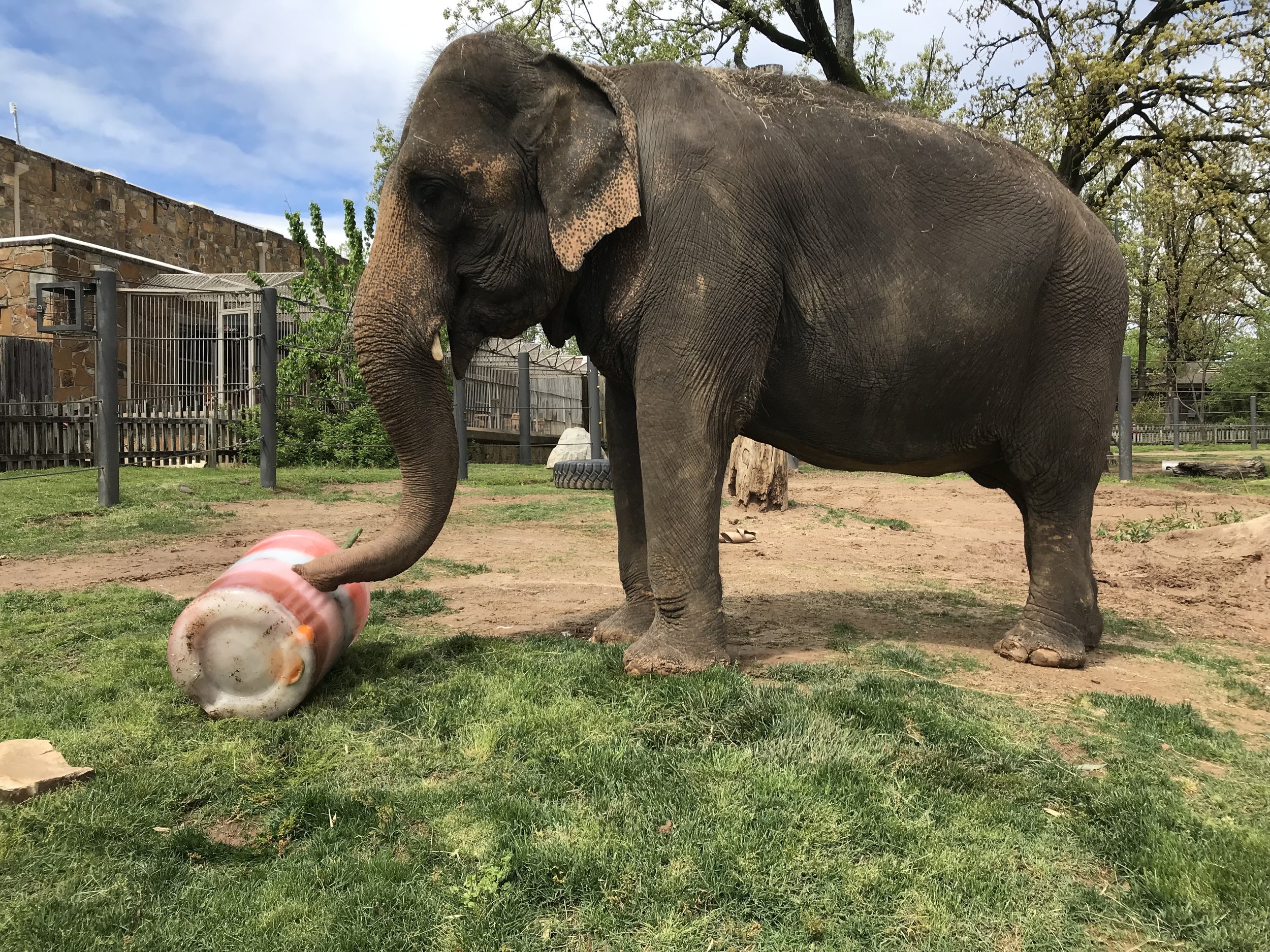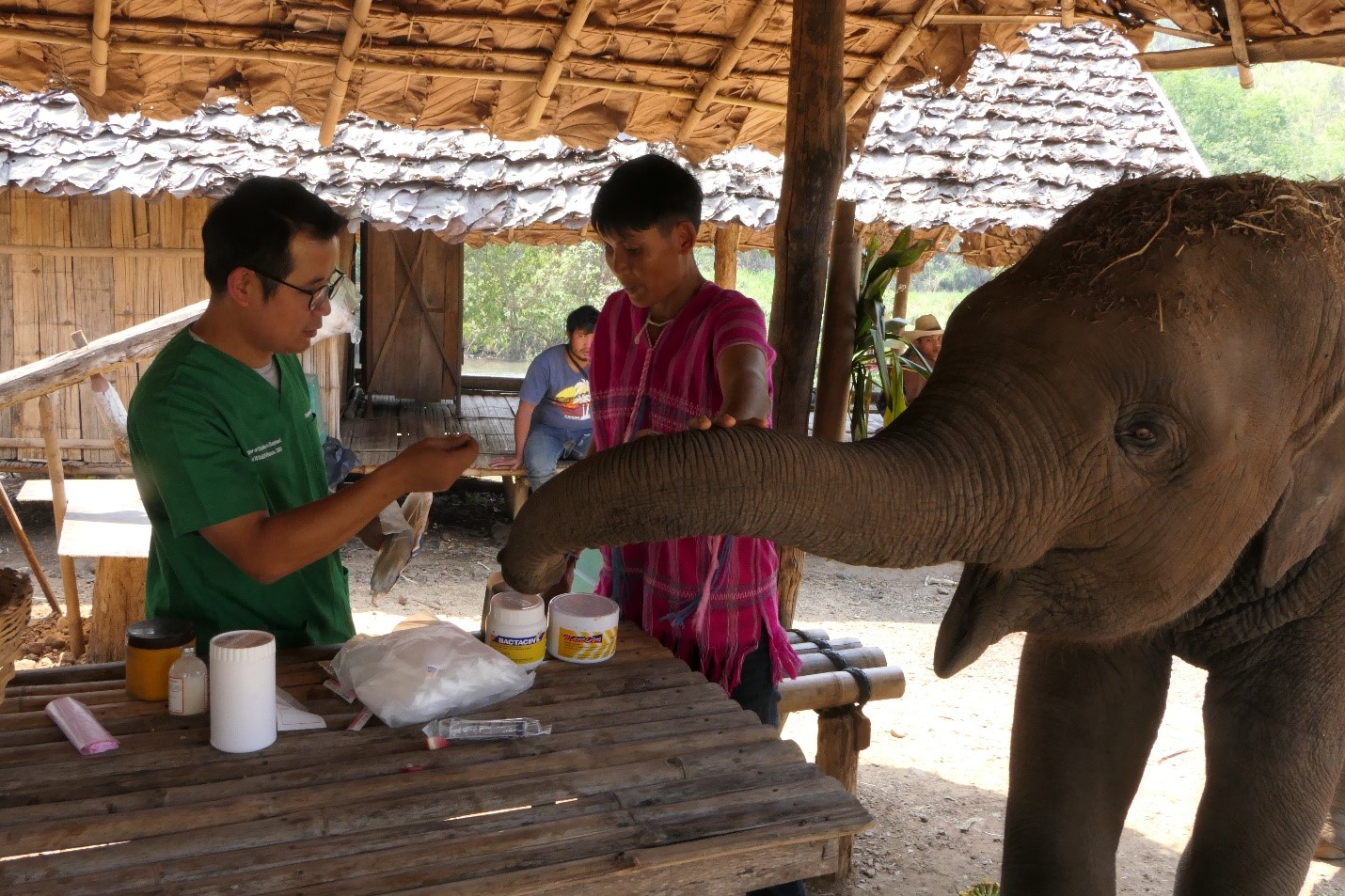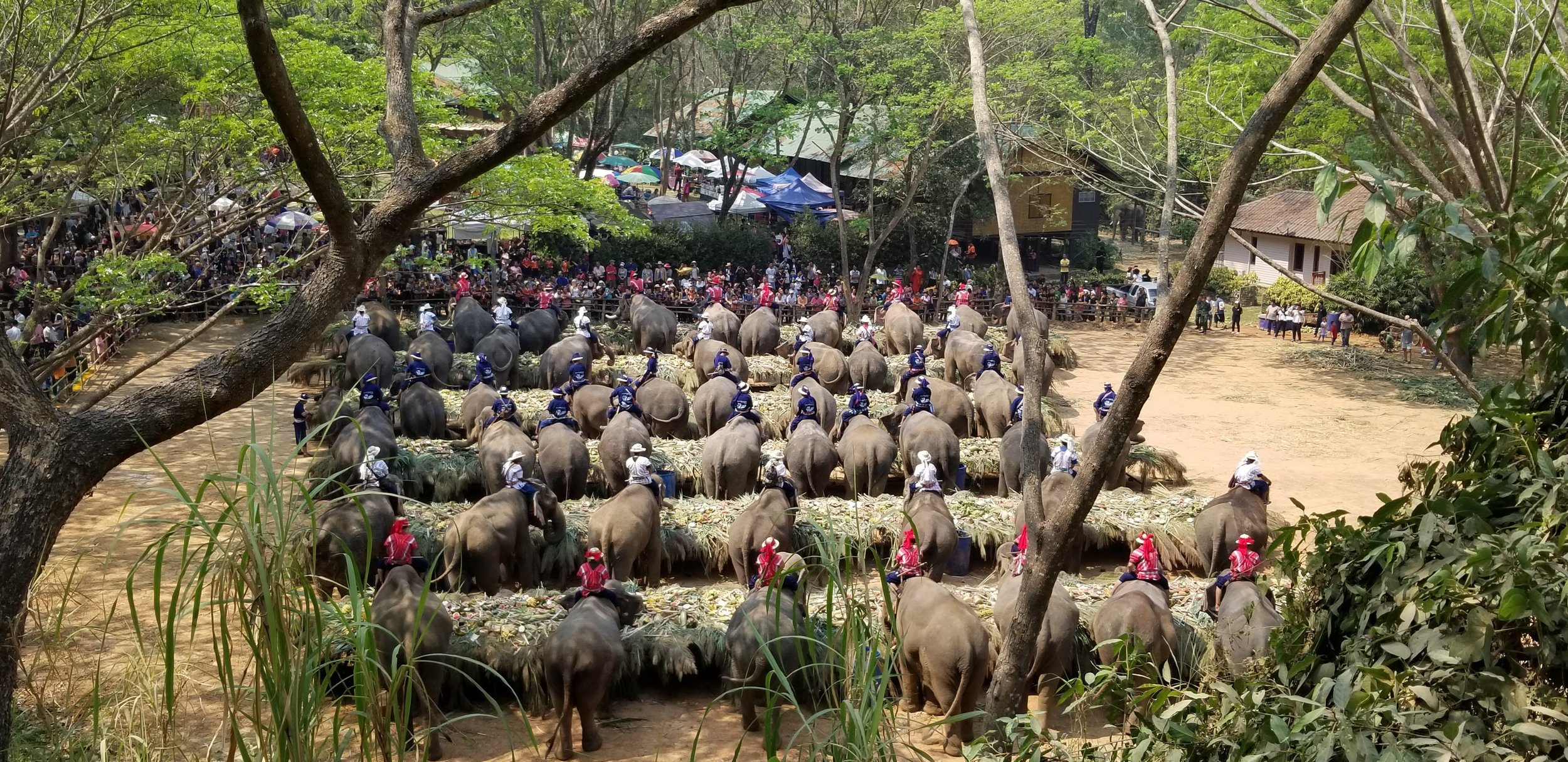It certainly turned out to be Christmas in July with over $330 generated for AES from Janet’s second sale at the Rochester, NY Public Market on July 15. Janet, along with her friends Marie Niedermeier and John Frontuto, rent a stall once a month at their Public Market to sell their unwanted household items.
They picked ‘Christmas in July’ as their July theme to select items from their homes to sell, such as ornaments, snow globes and figurines. They created a festive mood stringing Christmas lights in their stall, wearing Santa hats and playing carols. A table was set up in front displaying AES merchandise and information. It generated many opportunities to spread the word about the projects AES supports.
Another of Janet’s friends, Carol Conant, is using Janet’s sales as an opportunity to also clear out some of her house with the proceeds going to AES. One of her contributions was 2 large containers of beanie babies. After the June Sale, only one container remained. At the July sale, with a bit of encouragement from Baby Amelia a very nice family bought the whole tub of beanies. It was hard to tell who was happier – them or Janet.
August's theme is glassware and September will be “anything and everything goes”. There’s always another closet or shelf to clean. The Public Market offers the advantage of being held at a public location with parking, no advertising necessary, and always has a variety of shoppers.
Do you know where such sales markets are held in your neighborhood….just in case you get the ‘cleaning out’ urge? Great way to help elephants by supporting AES!








































